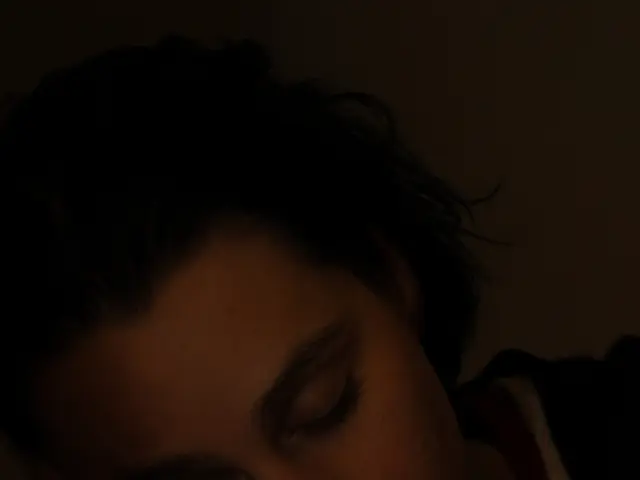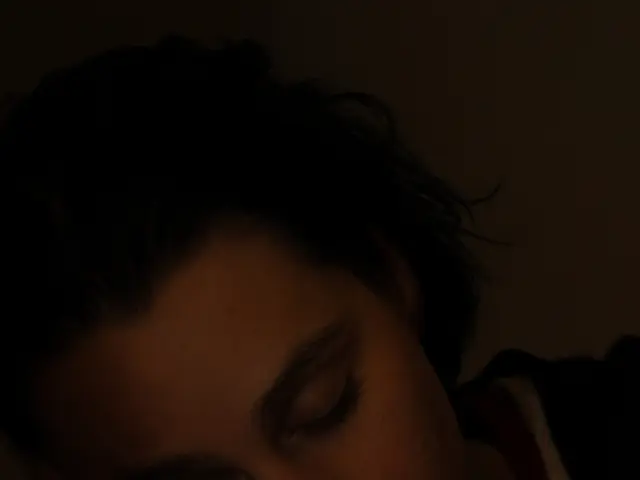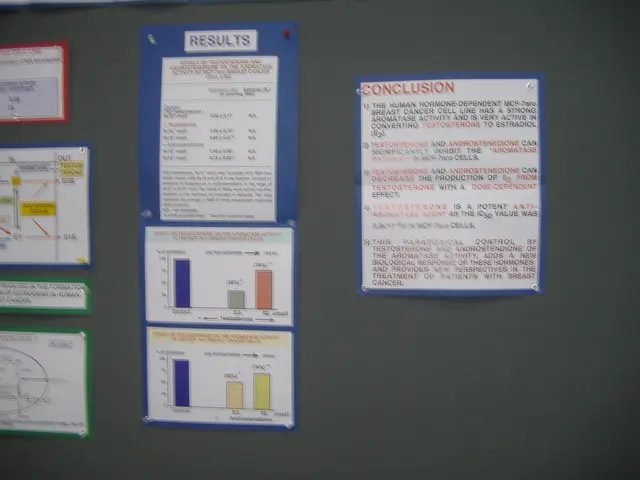Optimal Sleep Positions for Easing Lower Back Discomfort: Discover Comfort
Struggling with lower back pain that's keeping you up at night? You're not alone! Many folks, particularly older ones, deal with this issue due to stress, poor sleeping posture, and unhealthy habits. So, what's the best sleeping position for soothing lower back pain? Let's explore together!
Back Pain Categories
Though all back pain can be uncomfortable, it's essential to know that there are two main types:
- Mechanical pain or Axial pain: Pains situated primarily in the muscles, ligaments, joints, or bones around the spine. It usually causes a localized lower back pain, affecting the buttocks and upper legs.
- Radicular pain: Occurs when a spinal nerve root becomes inflamed, causing a sharp, burning sensation associated with numbness or sciatica.
Back pain can also be categorized by acute or chronic pain.
Root Causes of Lower Back Pain
Several factors contribute to lower back pain, including:
- Improper lifting
- Poor posture
- Aging
- Scoliosis
- Obesity
- Ruptured disks
- Muscle strains or sprains
Top Sleeping Positions for Alleviating Lower Back Pain
Finding a comfortable sleeping position that eases your pain might take some trial and error. However, here are several recommended sleep positions to relieve back pain and ensure a restful night:
Fetal position
This sleeping position involves lying on your side with your knees tucked inward towards your chest. It decreases pressure on the back for pain relief, especially if you have a herniated disc.
Sleeping on your side
Sleeping on your side offers benefits for spinal and hip alignment. This position helps maintain the natural curve of the spine and prevents misalignment. For optimal results, place a pillow between your knees to help keep everything in line.
Sleeping on your back
Sleeping on your back evenly distributes your body weight and allows for better spine and internal organ alignment. You can either place a pillow under your knees or recline slightly for additional support and pressure reduction.
Don't forget to avoid sleeping on your stomach, as it can cause neck strain and worsen your condition by arching your lower back. If you can't avoid stomach sleeping, try using a thin pillow or no pillow at all to maintain a neutral spinal position.
Extra Tips for Better Sleep
A good night's rest is vital for healing and recovery. In addition to finding a comfortable sleeping position, consider the following tips to boost sleep quality:
- Practice deep breathing and relaxation exercises.
- Steer clear of stimulants like alcohol or caffeine before bedtime.
- Eliminate sleep disruptions by creating a calm, dark, and quiet environment, and using sleep sounds to block out background noises.
Consult a doctor if you experience persistent or worsening pain, signs of infection, or other concerning symptoms.
Try ShutEye®, an all-in-one sleep app that helps you fall asleep easily and understand your sleep cycles from a scientific perspective. Let go of those sleepless nights and enjoy deep, restorative sleep.
Insomnia might be experienced due to persistent lower back pain, affecting one's mental health and overall health-and-wellness. Scientific research suggests that adopting a sleep position such as the fetal position, sleeping on one's side with a pillow between knees, or sleeping on one's back with a pillow under knees might alleviate lower back pain, thereby potentially improving sleep quality and addressing insomnia.







